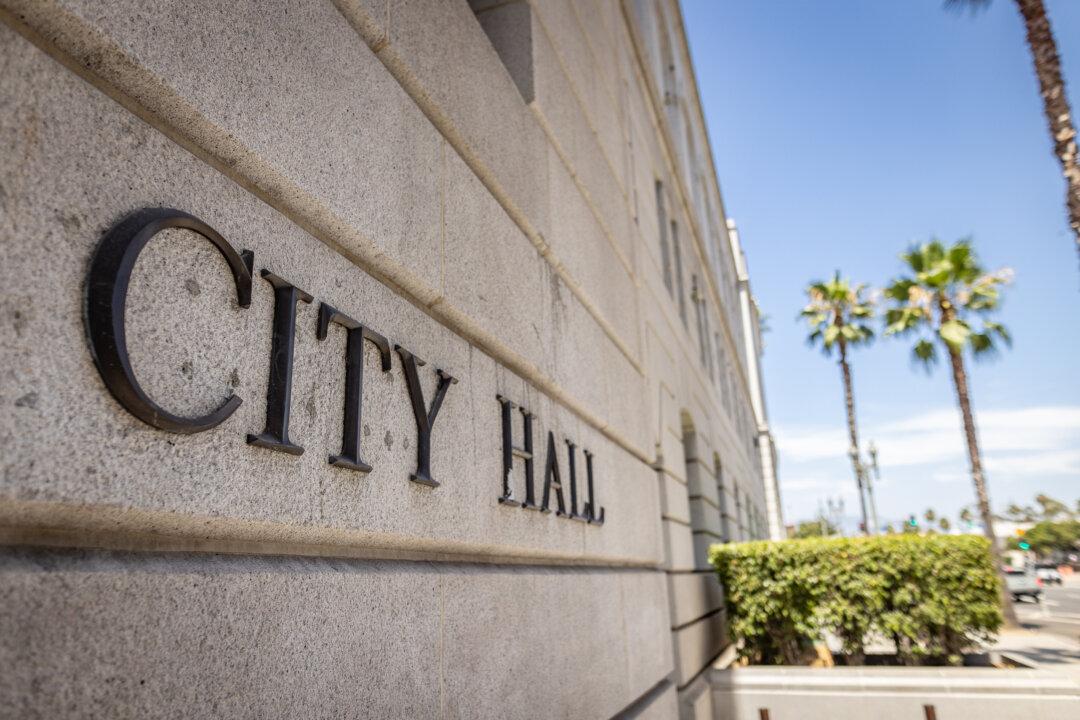LOS ANGELES—A ‘70s-era desegregation plan is being questioned as some schools in Los Angeles face cuts in funding because they reached more than 30 percent white students.
Eight schools are set to lose funding, including for teaching positions—consequently increasing class sizes. The schools affected include five elementary schools, two middle schools, and a high school; all situated in some of the more ethnically diverse areas of the city.




